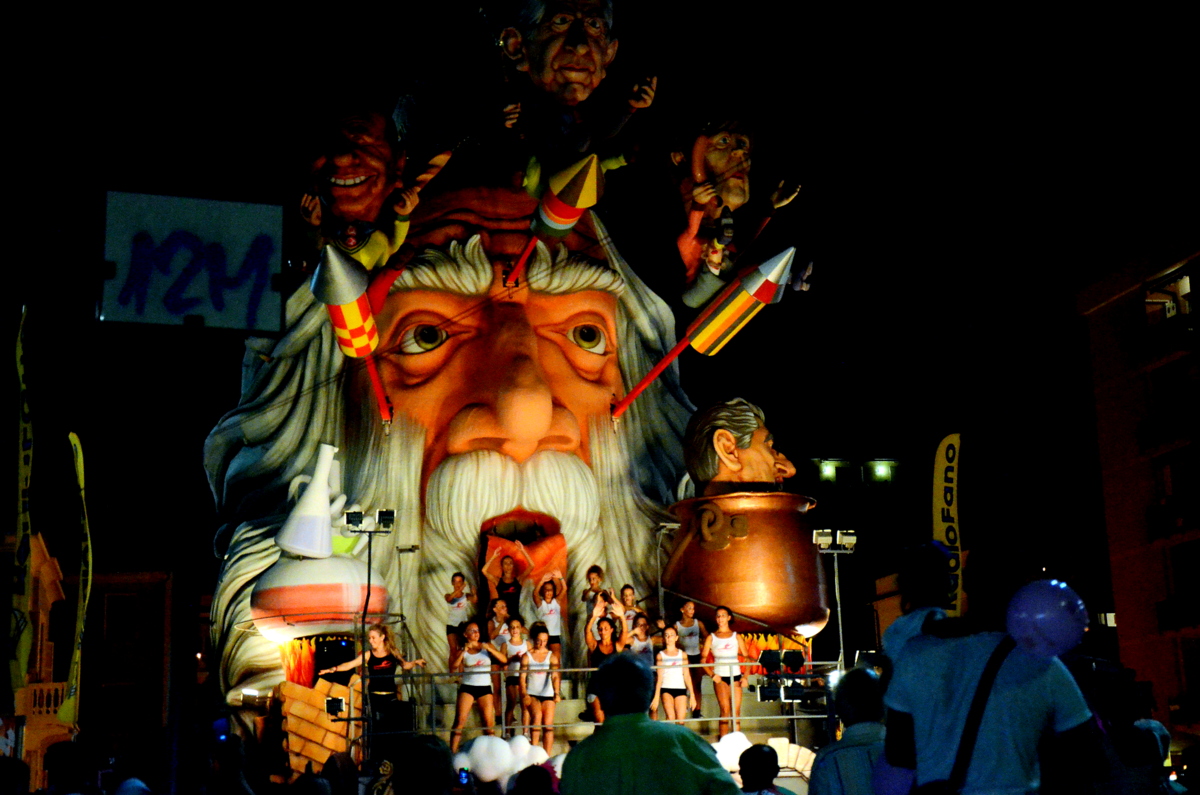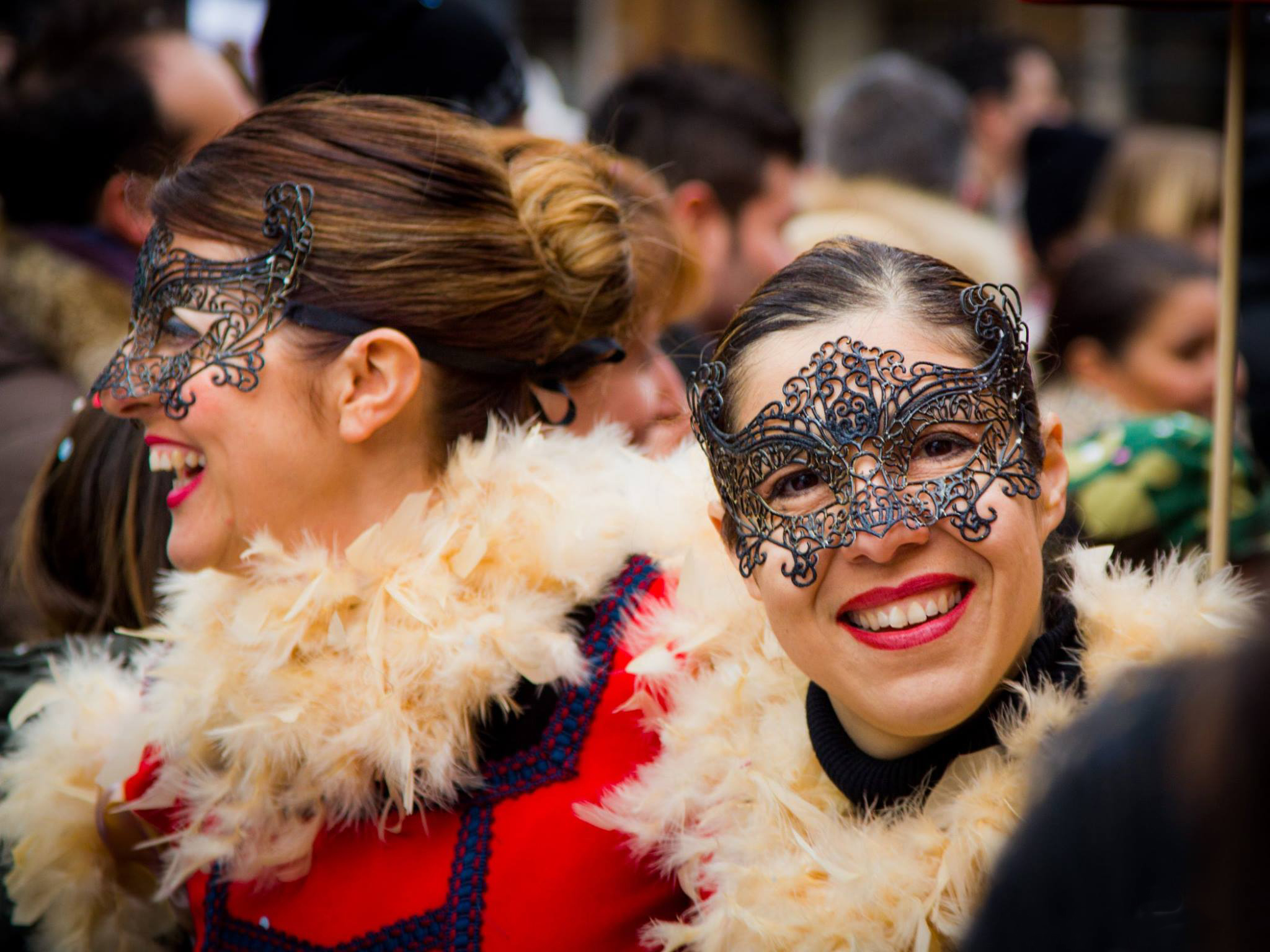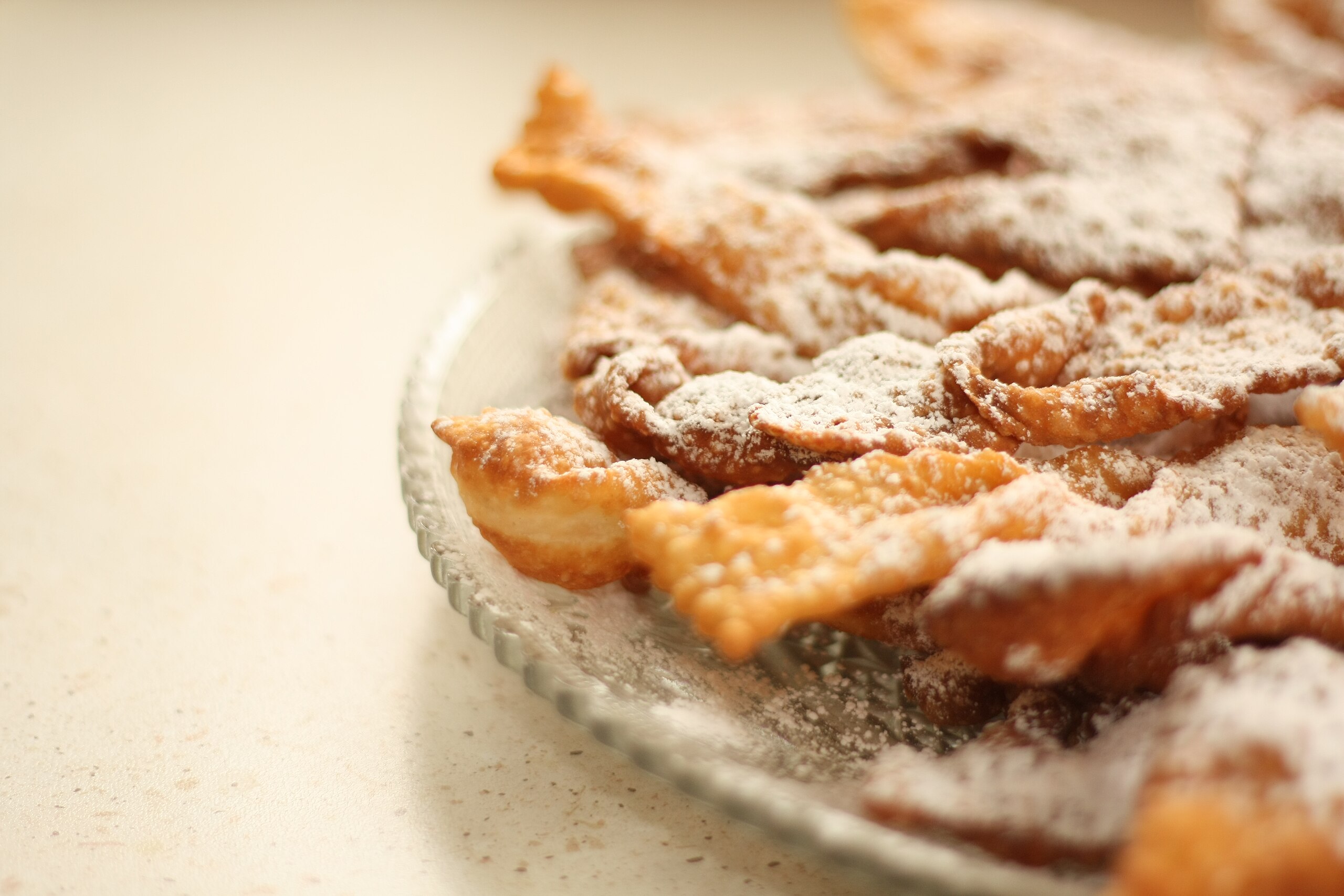Take part in the most colourful event in the Marche region!
The Carnival you can't miss: between tradition, music and delicacies

What to do in the period between January and March in one of our villas in the Marche? An advice? Don't miss the Carnival! It constitutes a celebration period in the Catholic/Christian calendar that precedes Lent. The main holidays focus on Shrove Thursday and Shrove Tuesday, corresponding respectively to the last Thursday and the last Tuesday before the start of Lent. Shrove Tuesday represents the culmination of the celebrations, as it marks the conclusion of the celebrations, preparing the ground for the beginning of Lent according to the Roman rite, which begins on Ash Wednesday.

THE FANO CARNIVAL
Together with the Venice Carnival, the Fano Carnival is one of the oldest carnivals in Italy: in fact, the first document attesting to the holding of this colorful event dates back to 1347 and is kept in the Municipality of Fano.
Nowadays, however, for each of the three Sundays, the allegorical floats cross Viale Gramsci, traveling along it three times.
The first tour is dedicated to the presentation of the floats, with the Pupo driving them, accompanied by engaging music and captivating choreography. Once the first lap is completed, the second, known as "the pour" begins, attracting the greatest number of spectators. This phase consists of a parade during which sweets, chocolates and sweets are thrown from the floats, creating a moment of great celebration and participation. Finally, to end the day in a suggestive way, the third tour takes place, called "luminaria", which creates a magical atmosphere thanks to the particular lighting of the floats.
ALLEGORICAL FLOATS
Workers, sculptors, craftsmen and mechanics are the workers behind the creation of the allegorical floats (or, in italian, "carri allegorici" or simply "carri") that come to life from wood, iron and papier-mâché.
What gives allegorical floats uniqueness is the distinctive element of satire: through the representation of characters or situations, they address current political or social issues with irony and sarcasm.
THE "PUPO" AND THE "MUSICA ARABITA"
The Pupo is the characteristic mask of the Fano Carnival and serves as a caricature of the most important character of the moment.
The term "Pupo" originates from the expressions in Fano dialect "el pup" and "el vulòn", the latter deriving from the French "nous voulons", thus recalling the period of 19th century French dominion.
But let's move on to the music! The last float of the procession in the Fano Carnival is represented by the Musica Arabita float, a tradition that stands out for its unique character within the Fano festival. In Fano dialect, "Musica Arabita" translates as "angry music".
This eccentric and wacky musical band originated in 1923, founded by artisans and shopkeepers from the community. Even today, numerous members of the Musica Arabita maintain the tradition by beating time with unusual instruments, such as bins, bottles, jugs, coffee pots, umbrellas, garbage bins, clogs and many other unusual items.

CARNIVAL SWEETS: CHIACCHIERE AND CASTAGNOLE
During the Carnival period, the houses of the Marche are filled with traditional sweets, with particular attention to "chiacchiere" and "castagnole".
The "chiacchiere" are made with a sweet and crunchy dough, shaped into thin twisted ribbons, subsequently fried and finely sprinkled with powdered sugar.
The "castagnole", on the other hand, are small balls of fried sweet dough, characterized by a soft consistency inside and a crunchy surface, covered in sugar or dipped in alchermes.
Do you want to learn to cook these typical desserts of the Marche carnival: rent a villa near Fano like Villa Elettra, I Gelsi or Casale Belvedere and ask about our special service of Pasta Academy - Carnival!

